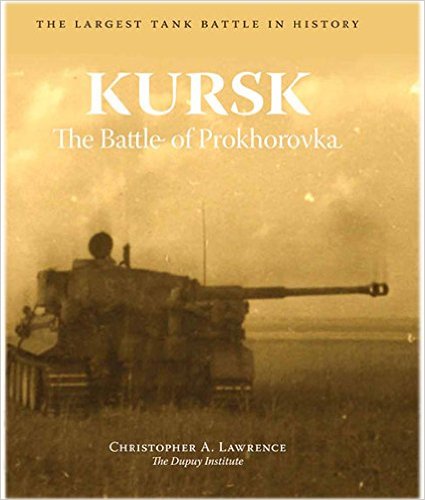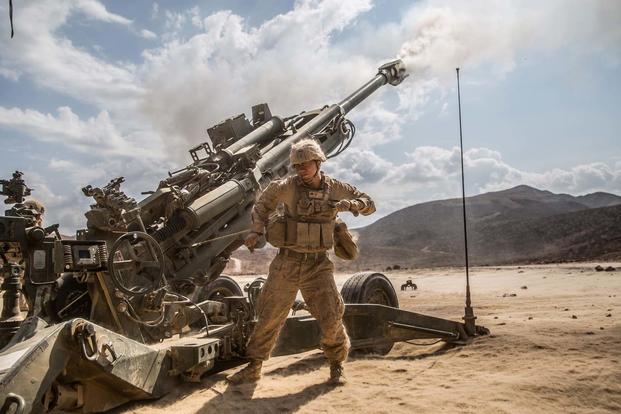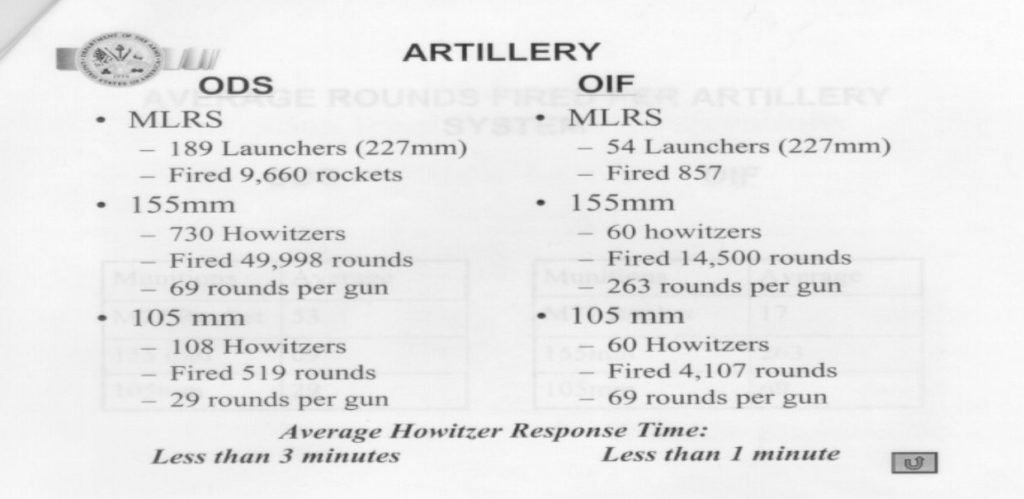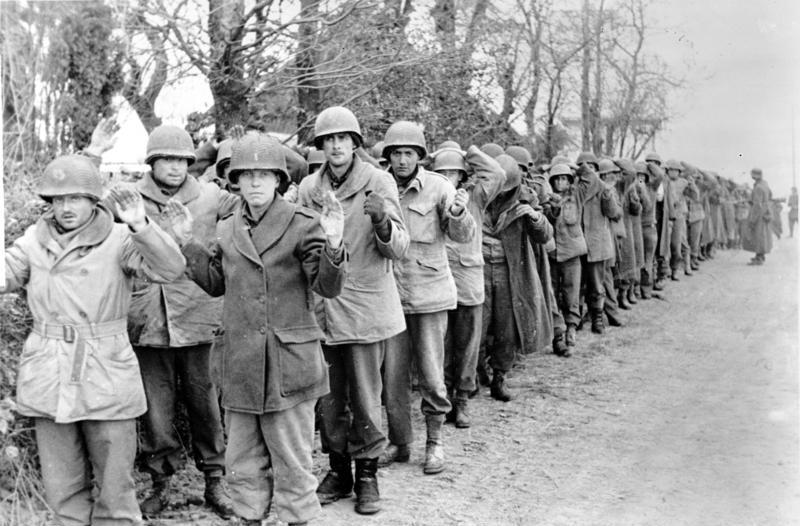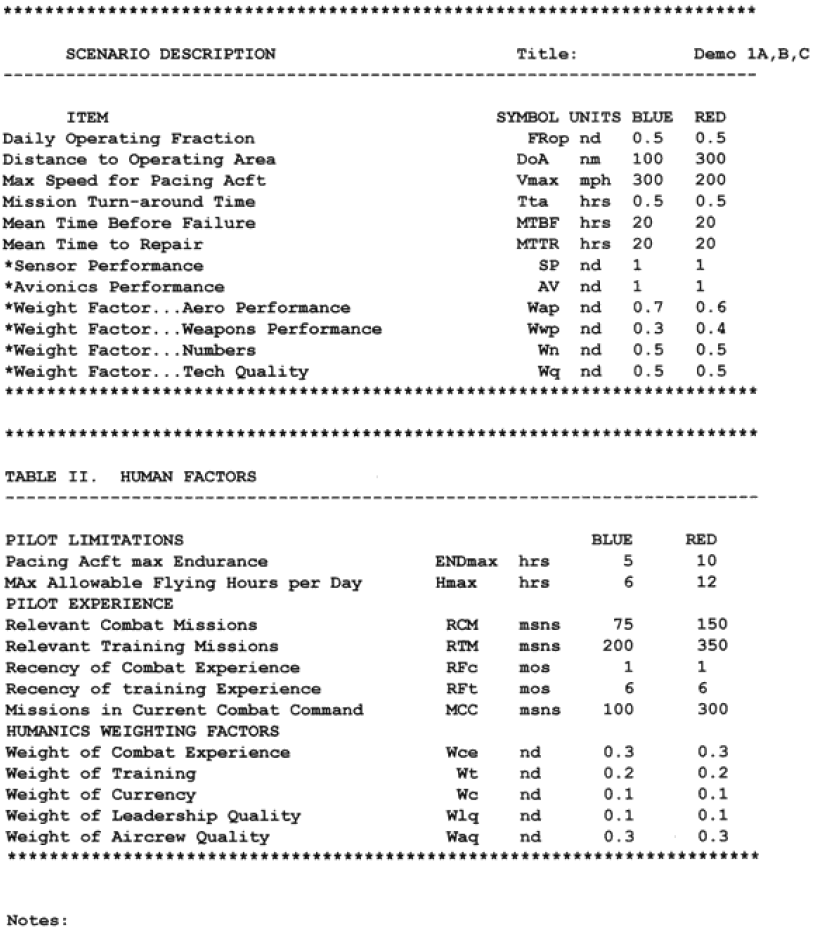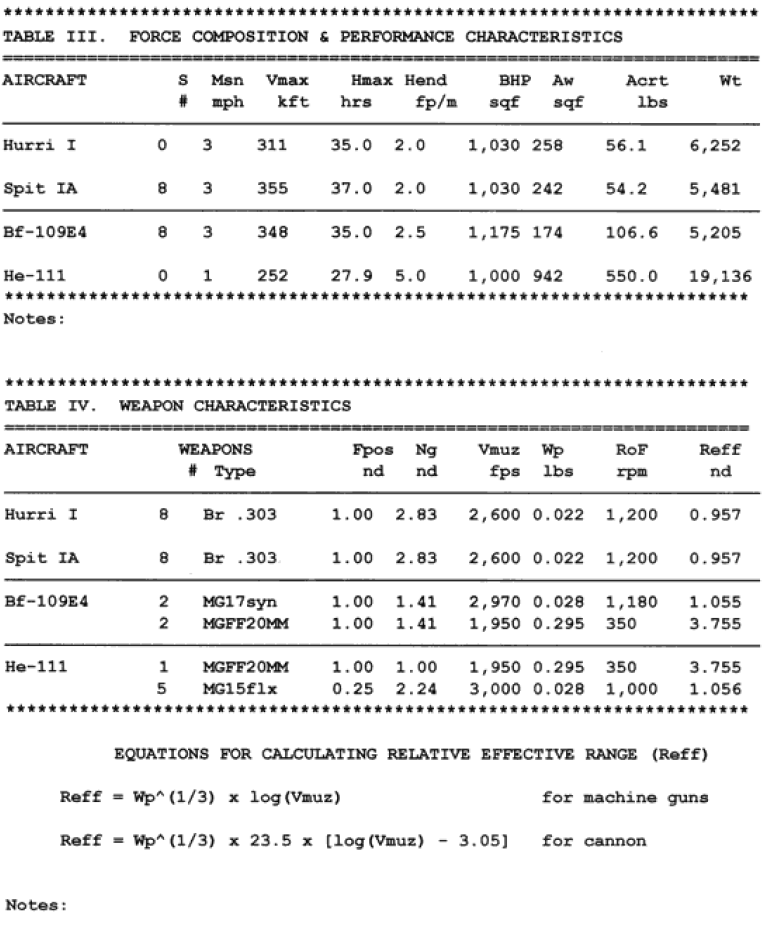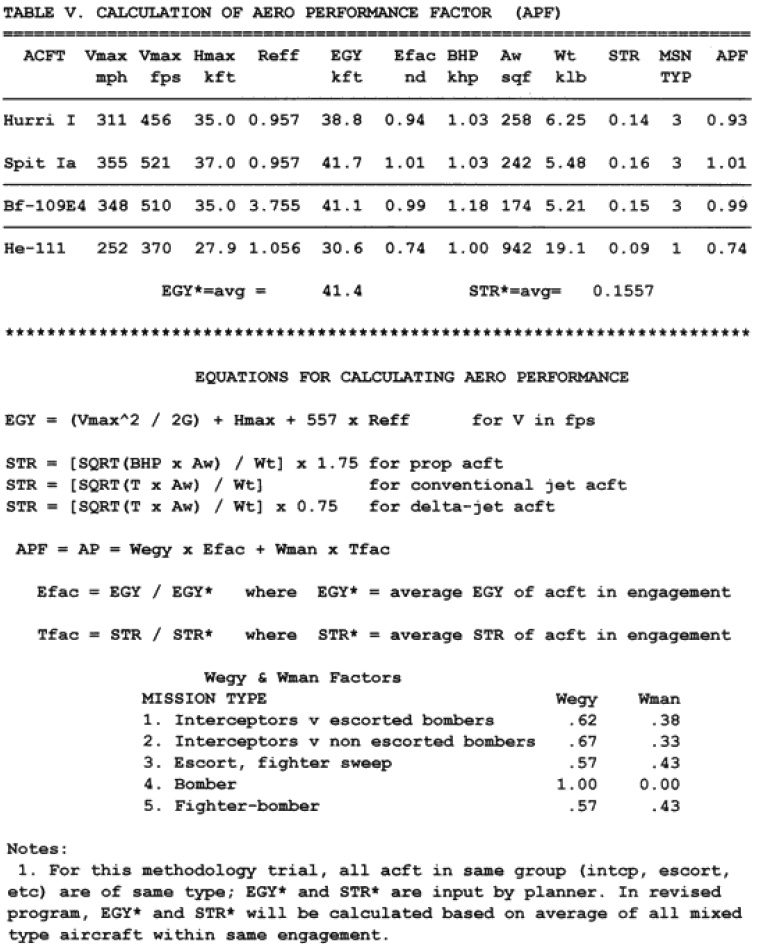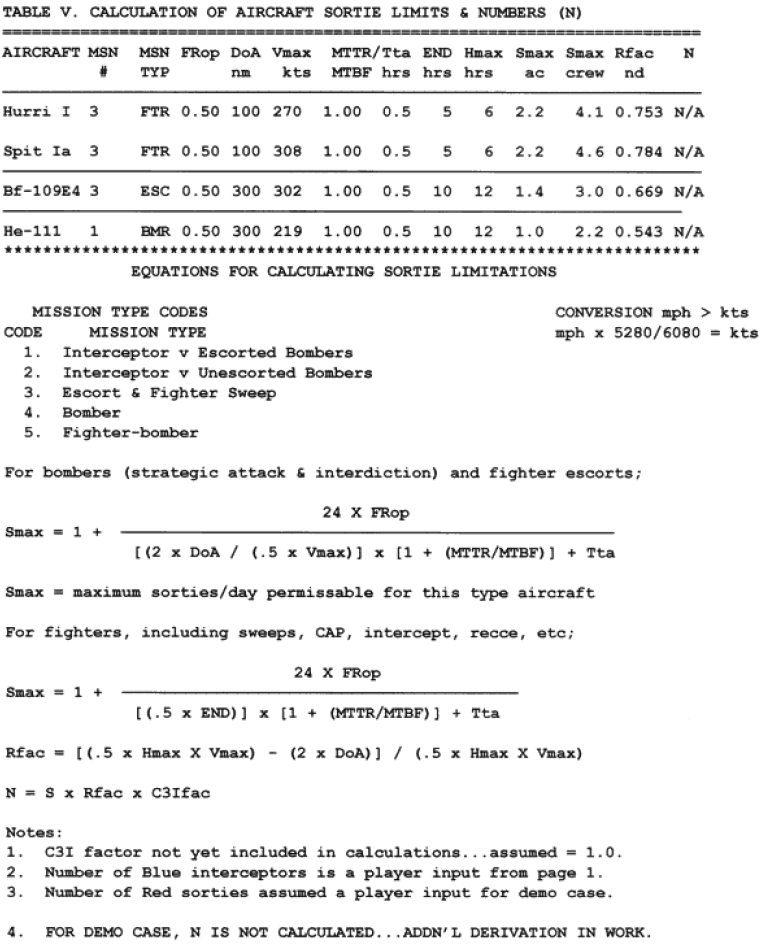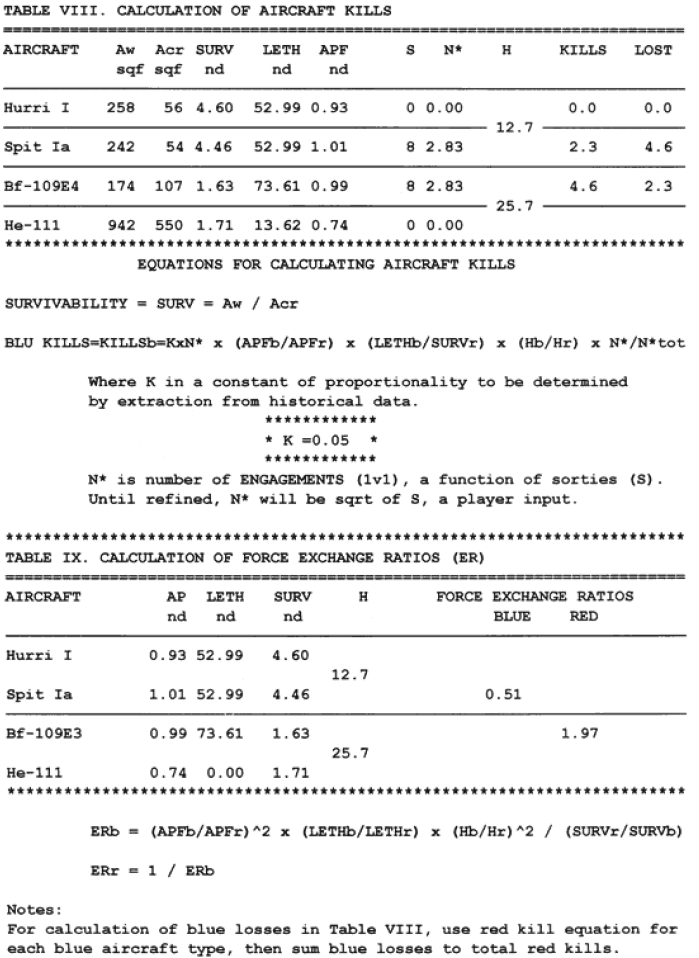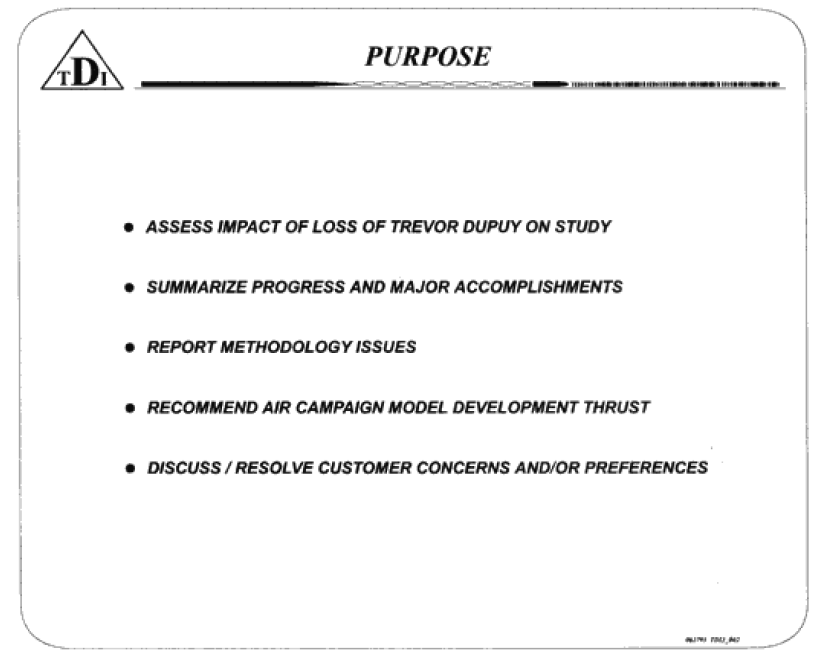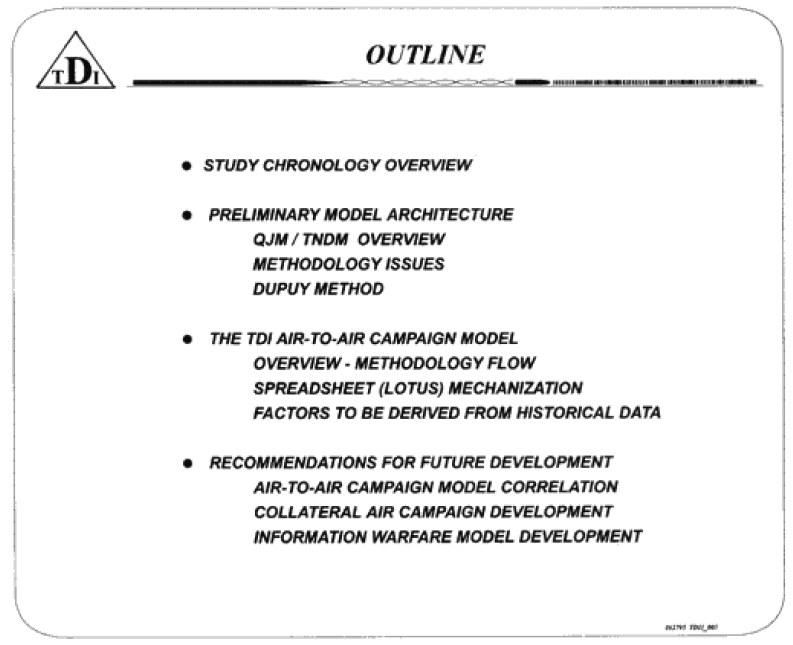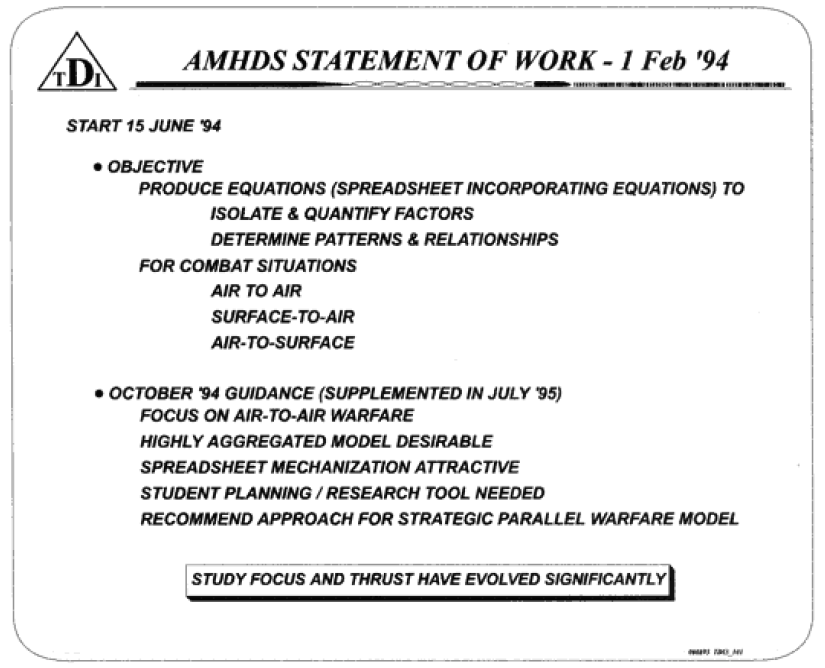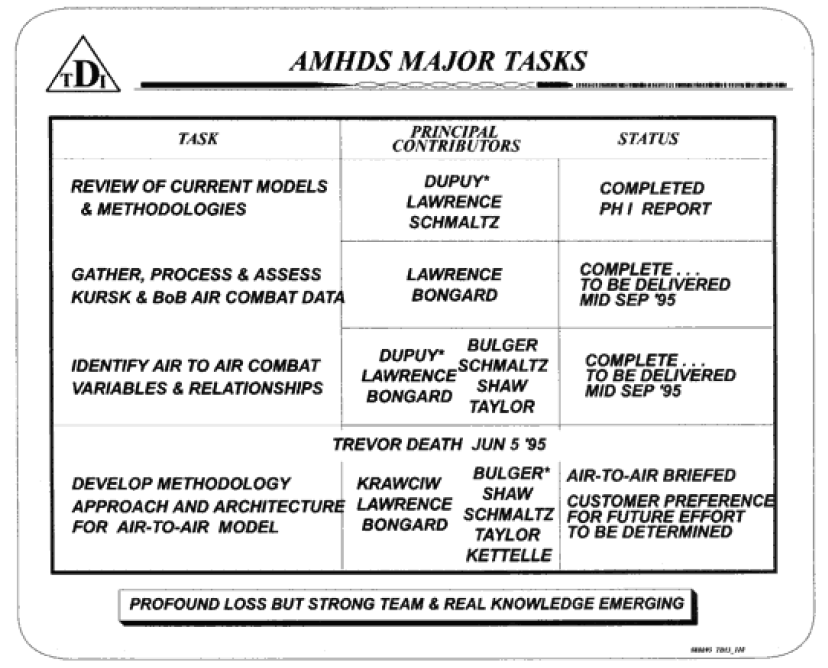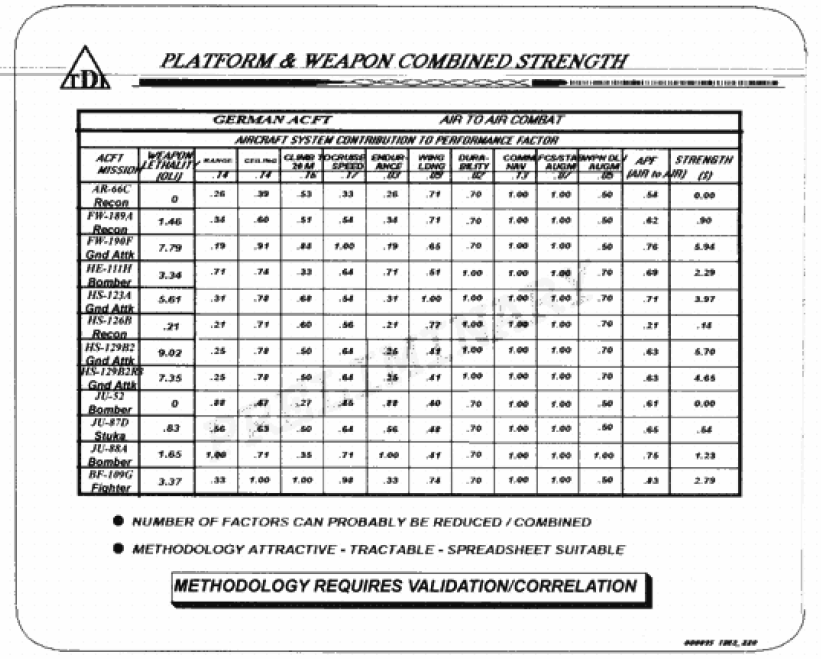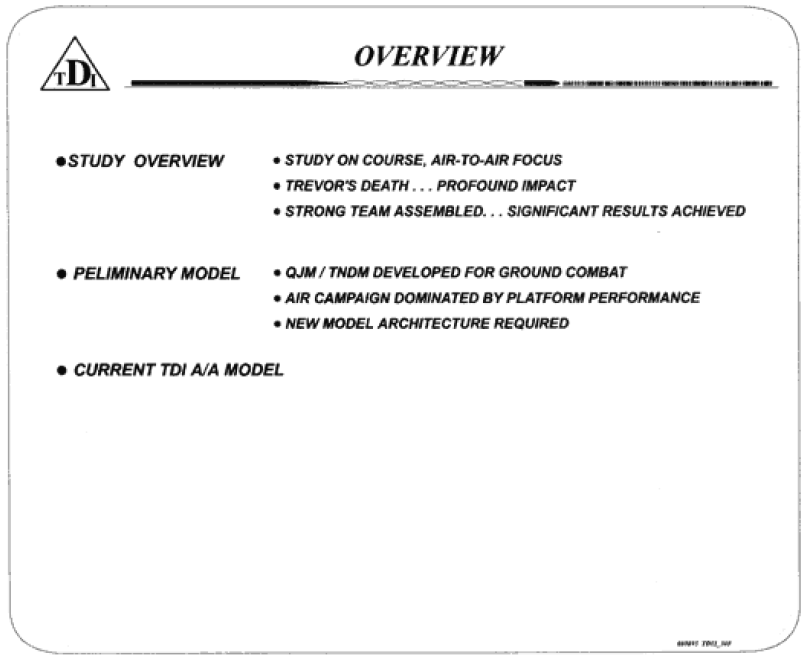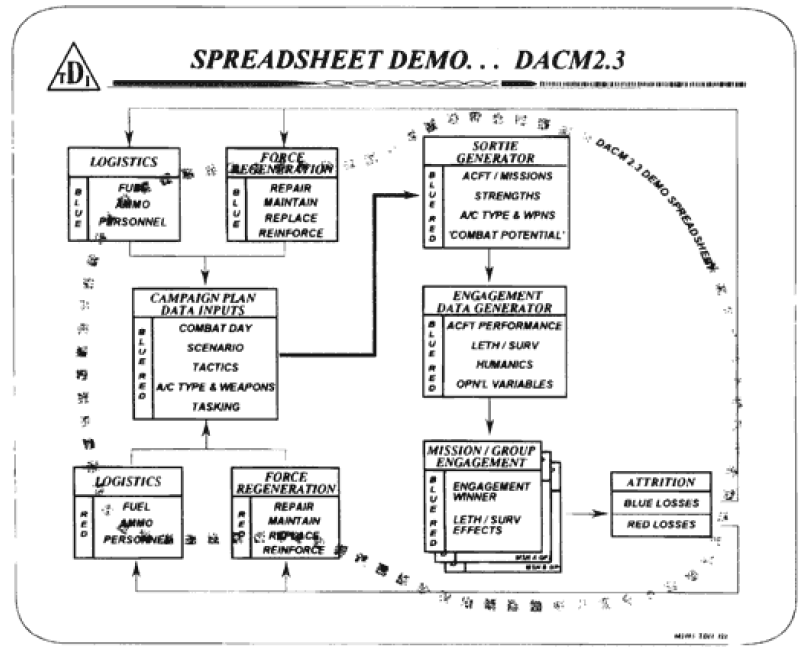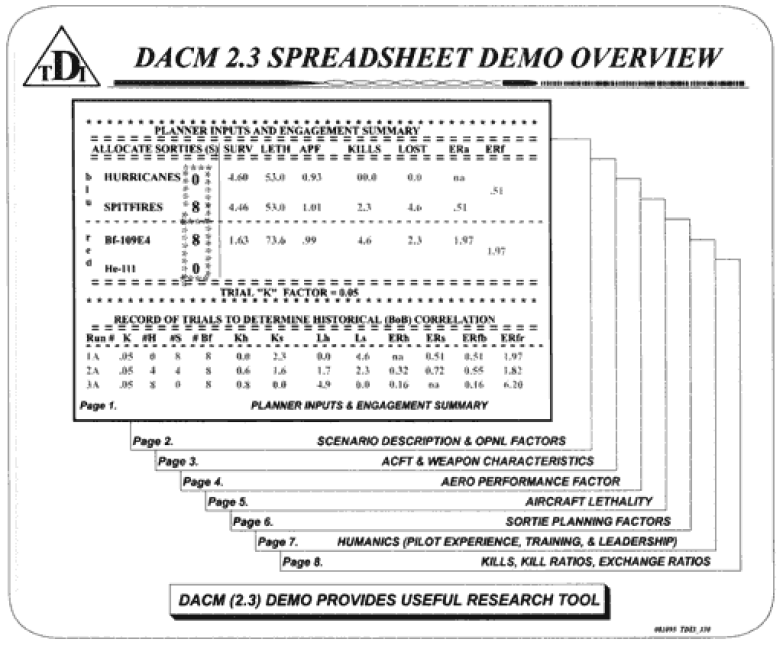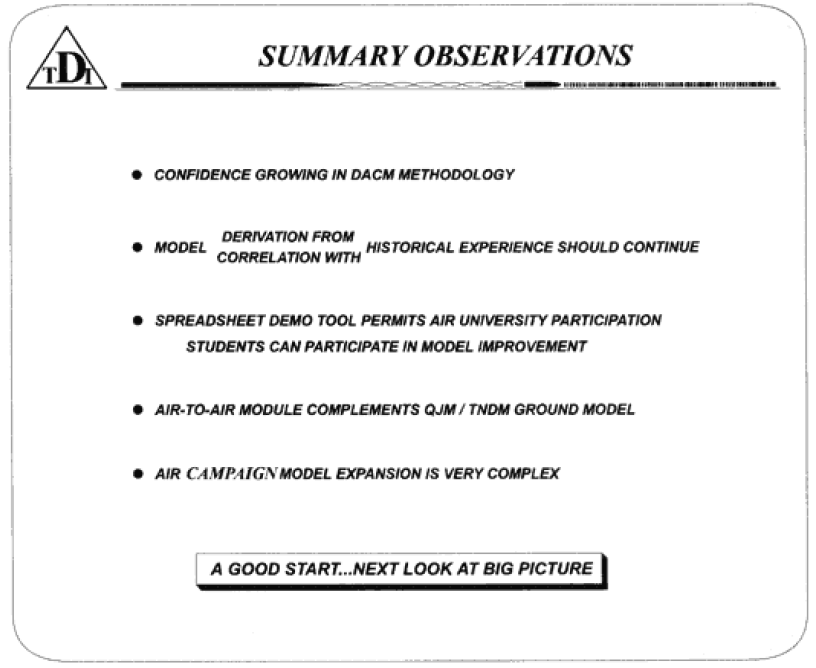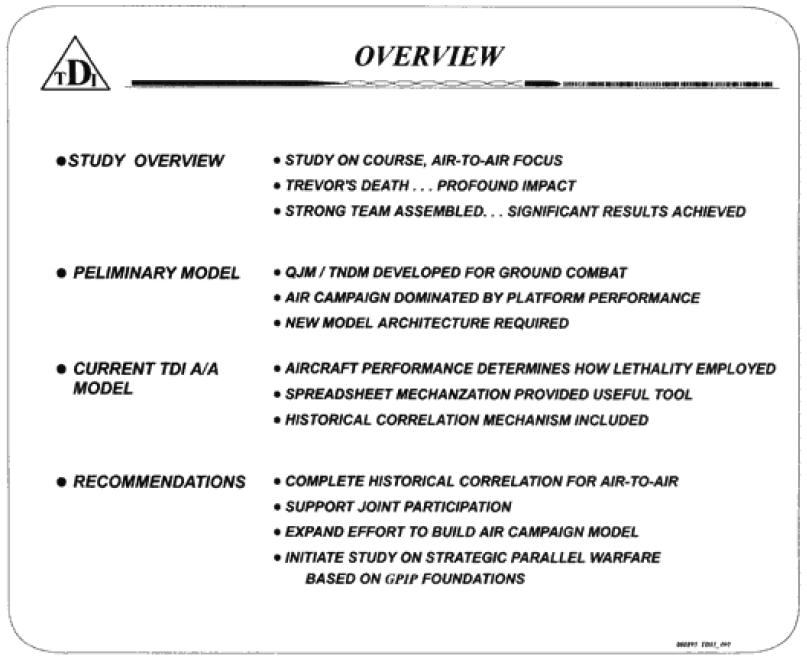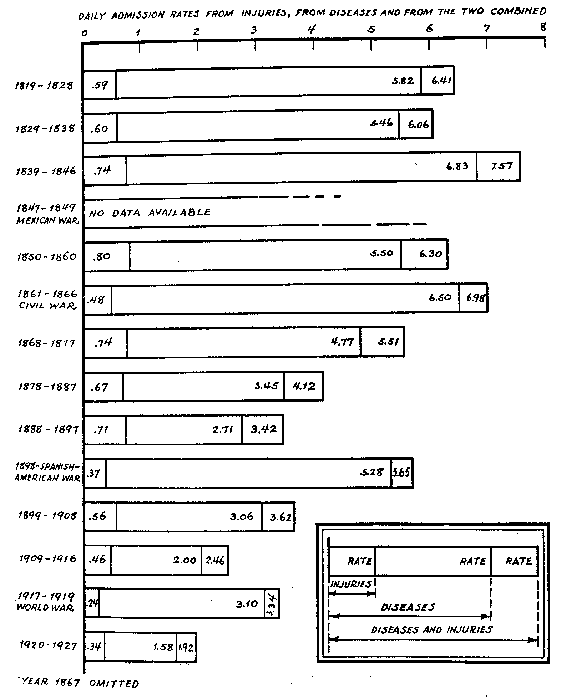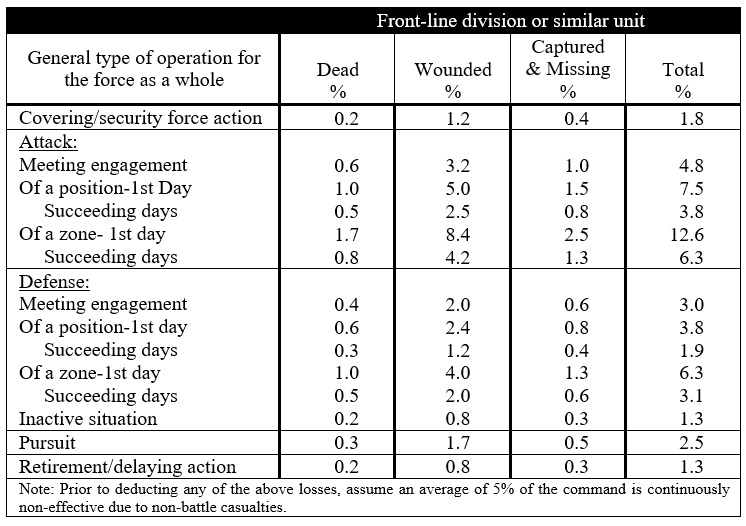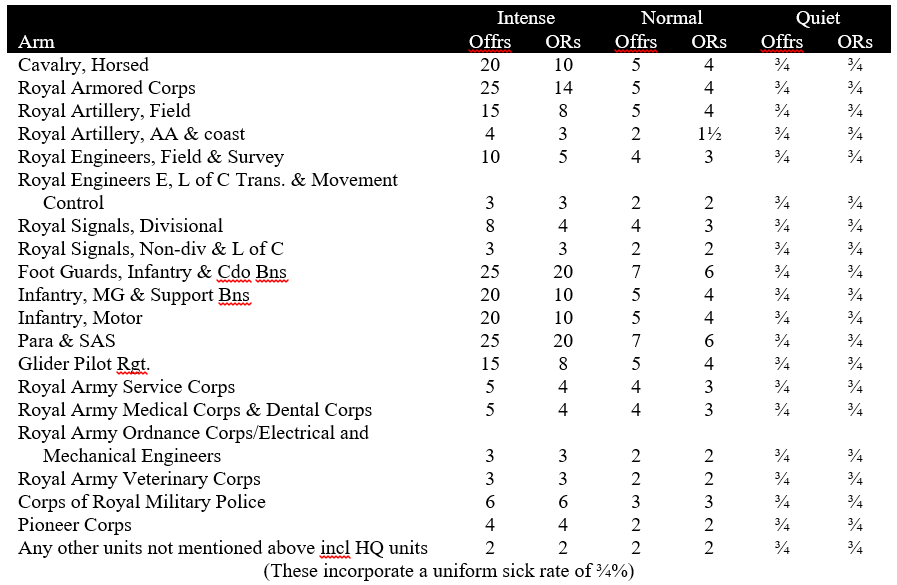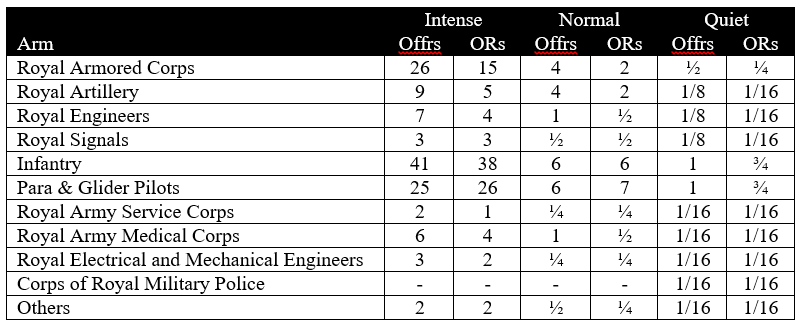
The first of Trevor Dupuy’s Timeless Verities of Combat is:
Offensive action is essential to positive combat results.
As he explained in Understanding War (1987):
This is like saying, “A team can’t score in football unless it has the ball.” Although subsequent verities stress the strength, value, and importance of defense, this should not obscure the essentiality of offensive action to ultimate combat success. Even in instances where a defensive strategy might conceivably assure a favorable war outcome—as was the case of the British against Napoleon, and as the Confederacy attempted in the American Civil War—selective employment of offensive tactics and operations is required if the strategic defender is to have any chance of final victory. [pp. 1-2]
The offensive has long been a staple element of the principles of war. From the 1954 edition of the U.S. Army Field Manual FM 100-5, Field Service Regulations, Operations:
71. Offensive
Only offensive action achieves decisive results. Offensive action permits the commander to exploit the initiative and impose his will on the enemy. The defensive may be forced on the commander, but it should be deliberately adopted only as a temporary expedient while awaiting an opportunity for offensive action or for the purpose of economizing forces on a front where a decision is not sought. Even on the defensive the commander seeks every opportunity to seize the initiative and achieve decisive results by offensive action. [Original emphasis]
Interestingly enough, the offensive no longer retains its primary place in current Army doctrinal thought. The Army consigned its list of the principles of war to an appendix in the 2008 edition of FM 3-0 Operations and omitted them entirely from the 2017 revision. As the current edition of FM 3-0 Operations lays it out, the offensive is now placed on the same par as the defensive and stability operations:
Unified land operations are simultaneous offensive, defensive, and stability or defense support of civil authorities’ tasks to seize, retain, and exploit the initiative to shape the operational environment, prevent conflict, consolidate gains, and win our Nation’s wars as part of unified action (ADRP 3-0)…
At the heart of the Army’s operational concept is decisive action. Decisive action is the continuous, simultaneous combinations of offensive, defensive, and stability or defense support of civil authorities tasks (ADRP 3-0). During large-scale combat operations, commanders describe the combinations of offensive, defensive, and stability tasks in the concept of operations. As a single, unifying idea, decisive action provides direction for an entire operation. [p. I-16; original emphasis]
It is perhaps too easy to read too much into this change in emphasis. On the very next page, FM 3-0 describes offensive “tasks” thusly:
Offensive tasks are conducted to defeat and destroy enemy forces and seize terrain, resources, and population centers. Offensive tasks impose the commander’s will on the enemy. The offense is the most direct and sure means of seizing and exploiting the initiative to gain physical and cognitive advantages over an enemy. In the offense, the decisive operation is a sudden, shattering action that capitalizes on speed, surprise, and shock effect to achieve the operation’s purpose. If that operation does not destroy or defeat the enemy, operations continue until enemy forces disintegrate or retreat so they no longer pose a threat. Executing offensive tasks compels an enemy to react, creating or revealing additional weaknesses that an attacking force can exploit. [p. I-17]
The change in emphasis likely reflects recent U.S. military experience where decisive action has not yielded much in the way of decisive outcomes, as is mentioned in FM 3-0’s introduction. Joint force offensives in 2001 and 2003 “achieved rapid initial military success but no enduring political outcome, resulting in protracted counterinsurgency campaigns.” The Army now anticipates a future operating environment where joint forces can expect to “work together and with unified action partners to successfully prosecute operations short of conflict, prevail in large-scale combat operations, and consolidate gains to win enduring strategic outcomes” that are not necessarily predicated on offensive action alone. We may have to wait for the next edition of FM 3-0 to see if the Army has drawn valid conclusions from the recent past or not.

